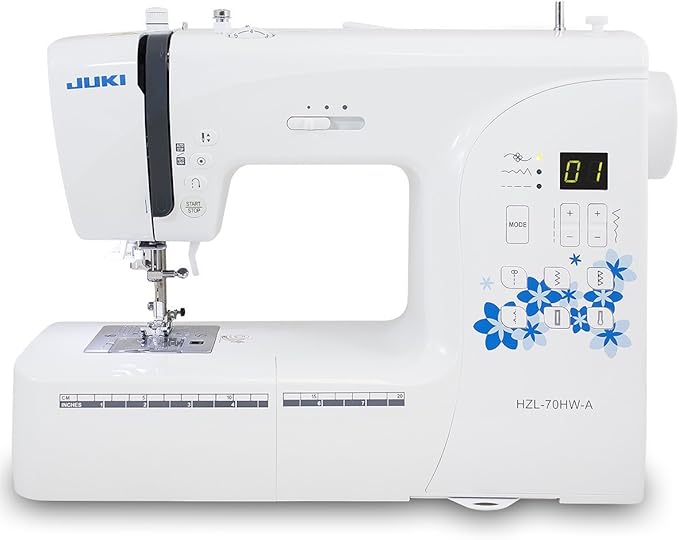Do You Need to Buy a Home Sewing Machine?
If you frequently sew, make repairs, or enjoy creative DIY projects, a home sewing machine can be a valuable tool. Most modern household sewing machines are multifunctional, offering a variety of features to simplify sewing tasks. Whether you need to fix clothing or create simple garments, these machines are perfect for daily use. If you enjoy hands-on projects, investing in a household sewing machine is a good idea.
Household Sewing Machines vs. Industrial Sewing Machines: Key Differences
1. Structural Differences
- Industrial Sewing Machines: These machines are built with several advanced components, including cutting devices, hole-opening mechanisms, automatic thread-drawing systems, thread take-up devices, feeding mechanisms, and automatic thread trimming and needle stop features. These additional parts enhance their ability to handle large-scale production.
- Household Sewing Machines: Typically, household machines have a simpler design, featuring basic components such as a piercing mechanism, thread hooking system, thread take-up mechanism, and feeding system, making them easier to use for home projects.
2. Applications
- Industrial Sewing Machines: Primarily used in mass production environments, such as factories and other industrial sectors, these machines are designed for high-volume tasks and are ideal for creating large quantities of garments and textiles.
- Household Sewing Machines: These machines are designed for home use and support a range of functions, including straight seams, zigzag stitches, and buttonholes. They’re perfect for casual mending, crafting, or small-scale garment creation.
3. Types and Classifications
- Industrial Sewing Machines: Industrial machines are categorized into general sewing machines, special-purpose machines, and decorative sewing machines. Common types include lockstitch machines, chain stitch machines, overlock machines, and interlock machines, with general-purpose models being the most widely used.
- Household Sewing Machines: These machines are often powered by electricity, though some may use manual pedals or hand-crank systems. Depending on functionality, household machines can be categorized into straight-line, zigzag, and other types. Common models include JA-type, JB-type, JG-type, and JH-type, based on their stitch forms and internal mechanisms.
4. Size and Power Differences
- Industrial Sewing Machines: These machines are larger, more powerful, and operate at higher speeds, making them suitable for industrial environments where high-volume production is necessary.
- Household Sewing Machines: In contrast, household machines are compact and space-efficient, offering lower power consumption and slower speeds. These machines are designed for personal use and are ideal for home sewing projects where speed and power are less of a concern.

